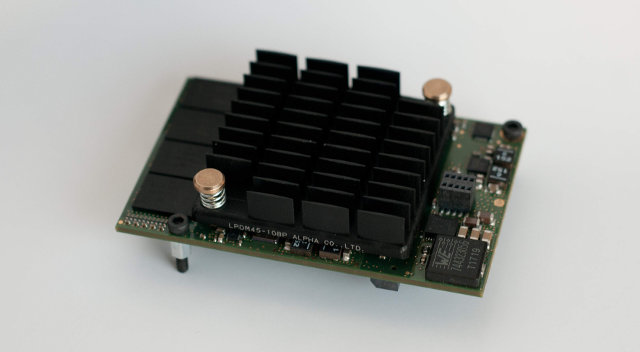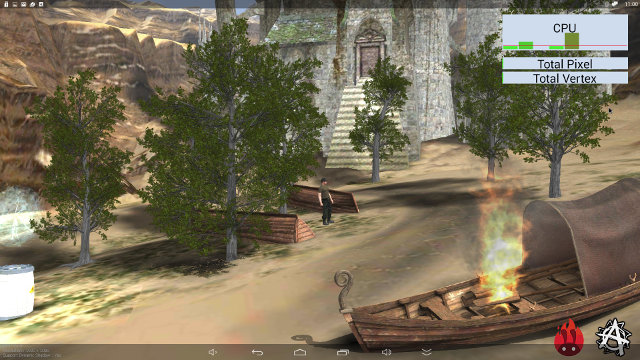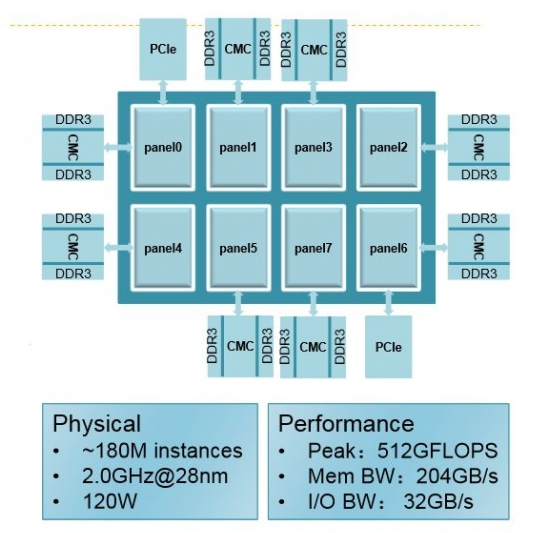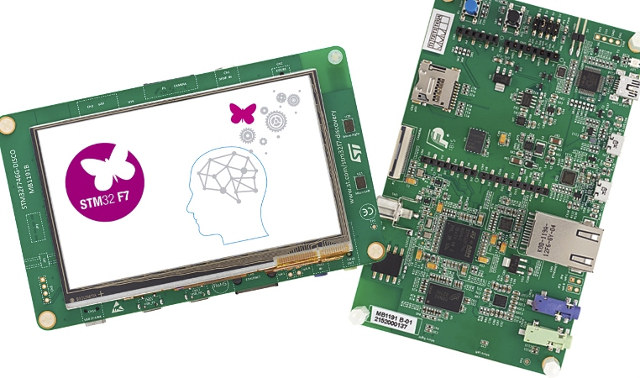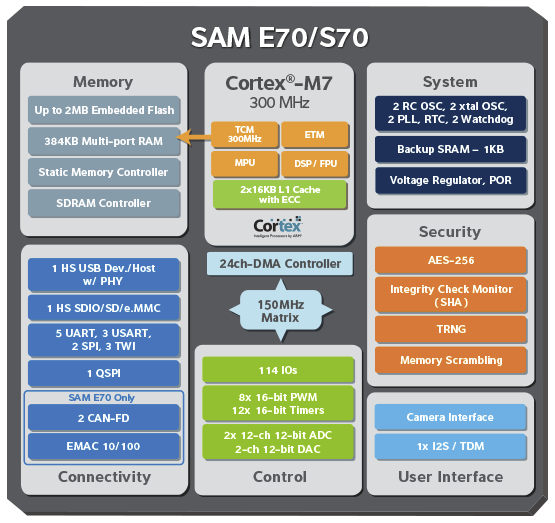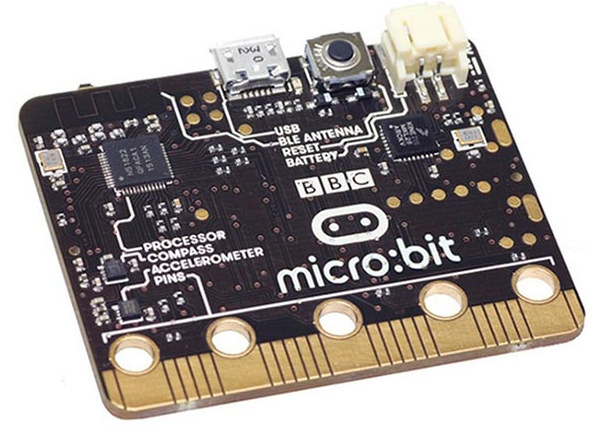Linus Torvalds released Linux Kernel 4.2 last Sunday: So judging by how little happened this week, it wouldn’t have been a mistake to release 4.2 last week after all, but hey, there’s certainly a few fixes here, and it’s not like delaying 4.2 for a week should have caused any problems either. So here it is, and the merge window for 4.3 is now open. I already have a few pending early pull requests, but as usual I’ll start processing them tomorrow and give the release some time to actually sit. The shortlog from rc8 is tiny, and appended. The patch is pretty tiny too. Go get it, Linus Some notable changes made to Linux 4.2 include: File systems New features for F2FS including per file encryption CIFS support SMB 3.1.1 (experimental) Cryptography – Jitter Entropy Random Number Generator, Chacha20 stream cipher and Poly1305 authentication (RFC7539),New RSA implementation. See lwn.net […]
Scaleway C1 Dedicated ARM Server Price Drops to 3 Euros Per Month
Scaleaway launched their hosting services with dedicated ARM servers based on Marvell Armada 370/XP quad core ARM Cortex A9 processor this spring for 10 Euros per month, or 0.02 Euro per hour, and at the time, some people found it was not that attractive, as similarly priced plans provided by Linode or DigitalOcean with Intel server were also available, and it might have only been really compelling for people who specifically required an ARM server to play with. The company has now slashed its price, and it has become very attractive at 2.99 Euros (~$3.37 US) per month or 0.006 Euro per hour, excluding VAT. The server technical specifications and features are still the same: Server based on Marvell Armada 370/XP quad core ARMv7 processor Memory – 2 GB Memory Storage – 50 GB SSD Disk (extra space available for 1 Euro per 50GB) 1x Reserved public IPv4 200Mbit/s – Unmetered […]
Study Shows Octa Core Processors Bring Little Over Quad Core Processors in Mobile Devices
Silicon vendor are now launching 8-core and even 12-core processors for mobile devices, and I can see some advantages in terms of power consumption in processors leveraging big.LITTLE processing with low power ‘LITTLE’ cores running light tasks such as audio or video playback, while performance ‘big’ cores running much demanding tasks. However, some processors, such as RK3368, feature the same eight cores, and in real-use don’t bring that extra bit of performance or lower power consumption, except in very specific cases. So the only “advantage” of this type of processor is a marketing one, with keyword like “Octa-core”, “64-bit”, etc… Last year, I found out, that more powerful cores may be more important than many cores, when I tested Allwinner A80 processor with PVRMonitor to check CPU usage per core in real-time, and in Antutu, while Browsing the web or playing games, only a few cores were used most of […]
Phytium Mars is an Upcoming 64 Core ARMv8 Processor for Servers
Several server SoCs with a large number of ARMv8 cores have been announced in the past with products such as Cavium ThunderX featuring 48 64-bit ARM cores and EZTile TILE-Mx100 with 100 ARM Cortex A53 cores. Phytium Technology, a Chinese startup funded in 2012, has showcased its work on Mars processor with 64 custom design ARMv8 cores at Hotchips 2015 conference. Charles Zhang, director of research for Phytium, made the presentation entitled “Mars: A 64-Core ARMv8 Processor” at the conference, and a PDF version is available on Hotchips 2015 website (Conf. Day 1 section) but unfortunately it’s password-protected and only accessible by attendees. Last year, they made all presentations publicly downloadable in December, so hopefully it will be the same this year. In the meantime, I relied on an articles published on EETimes and Golem.de, the latter reproduced some of the slides, to get some of the specs and features: […]
STM32F746G-DISCO is a $49 Cortex-M7 Board with a 4.3″ LCD Display, Arduino Headers
We’ve already seen Atmel started shipping its SAM V71 Xplained Board based on its latest Cortex M7 a few days ago, but Atmel is not the company which recently introduced a Cortex M7 development kit, as ST Micro also launched an STM32F7 Cortex M7 development kit with Arduino headers and 4.3″ LCD at the end of June. The “Discovery Kit with STM32F746NG MCU” (STM32F746G-DISCO) comes with the following specifications: MCU – STMicro STM32F746NGH6 Cortex M7 MCU with 1 MB Flash, 340 KB RAM, in BGA216 package Memory – 128-Mbit (16 MB) SDRAM (64 Mbits accessible) Storage – 16 MB Quad-SPI Flash memory, and micro SD slot Display – 4.3″ 480×272 color LCD-TFT with capacitive touch screen Camera – Camera connector Connectivity – Ethernet connector compliant with IEEE-802.3-2002 USB USB OTG HS with Micro-AB connectors, USB OTG FS with Micro-AB connectors USB functions: virtual COM port, mass storage, debug port Audio […]
Atmel SAM S70 and SAM E70 Cortex M7 MCUs, SAM V71 Xplained Board Are Now Shipping
ARM Introduced Cortex M7 IP in September, and ST Micro simultaneously announced its STM32F7 Cortex M7 MCU clocked up to 200 MHz, and boards are now available, including some running Linux. But two other companies have licenses Cortex M7, Freescale with its Kinetis KV5x micro-controllers which are yet to be mass-produced, and Atmel which has recently announced their SAM S70 and E70 micro-controllers are now in mass production. SAM E70 and S70 have similar features, but E70 offers some extra interface like CAN and Fast Ethernet: ARM Cortex-M7 core running at up to 300MHz (1500 CoreMark) Up to 2MB Flash and 384kByte SRAM Floating point unit (FPU) for high-precision computing and accelerated data processing High-performance internal memory architecture with user configurable Tightly Couples Memories and System memory, and 16kB I and D-cache High Speed USB Host and Device with on-chip high-speed PHY CMOS image sensor interface AES hardware encryption engines, […]
BBC Micro Bit Educational Board Features nRF51822 ARM Cortex M0 MCU
The BBC announces its intention to give away 1 million Micro Bit to British schoolchildren a few months ago, but at the time, the specifications were not completely frozen. The broadcaster has now finalized the design which is based on an ARM Cortex M0 micro-controller. Micro Bit board specifications: ARM Cortex M0 micro-controller (Nordic Micro nRF51822 Bluetooth SoC) 5x holes for 3V, GND, and 3 GPIOs 2x user buttons, 1x reset button 25x red LED indicator lights in a 5×5 matrix Connectivity – Bluetooth LE Sensors – Compass, magnetometer, accelerometer USB – 1x micro USB port for port and programming Power – 5V via USB or battery port to connect two AAA batteries Dimensions – 4cm x 5cm On the software side, the BBC has partnered with Microsoft to develop a web based, drag and drop interface for programming called TouchDevelop. Samsung is also involved in the project as […]
DragonBoard 410c 64-bit ARM Development Board in Stock for $75
There has been a few 96Boards announced so far, and a Banana Pi96 could soon be launched, as LeMarker has just joined the Linaro Community Board Group, but so far the board that generated the most buzz was Qualcomm Dragonboard 410c, but at the time pricing was not officially disclosed, although a $75 target price was posted in several blogs. And now it seems Qualcomm 64-bit ARM board indeed costs $75, as it is listed for that price on Arrow Electronics website with a few pieces in stock. Dragonboard 410c specifications have also been further detailed: SoC- Qualcomm Snapdragon 410 (APQ8016) quad-core ARM CortexA53 @ 1.2 GHz with Adreno 306 GPU @ 400MHz System Memory – 1GB LPDDR3 @ 533MHz, Single-channel 32-bit (4.2GBps) Storage – 8GB eMMC 4.51 + micro SD 3.0 (UHS-I) Video Output – HDMI up to 1080p Video Playback -1080p@30fps HD video playback and capture with H.264 […]



